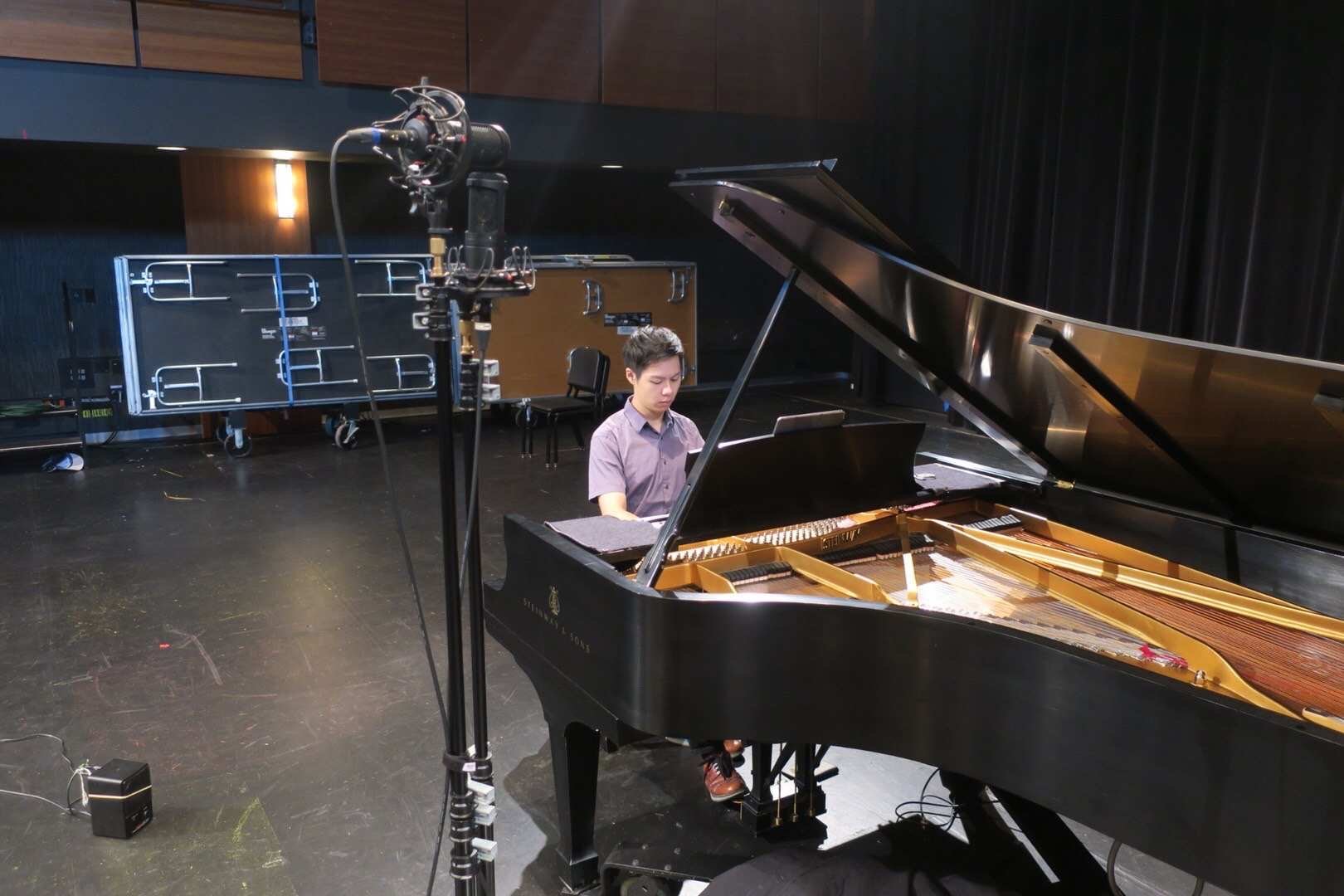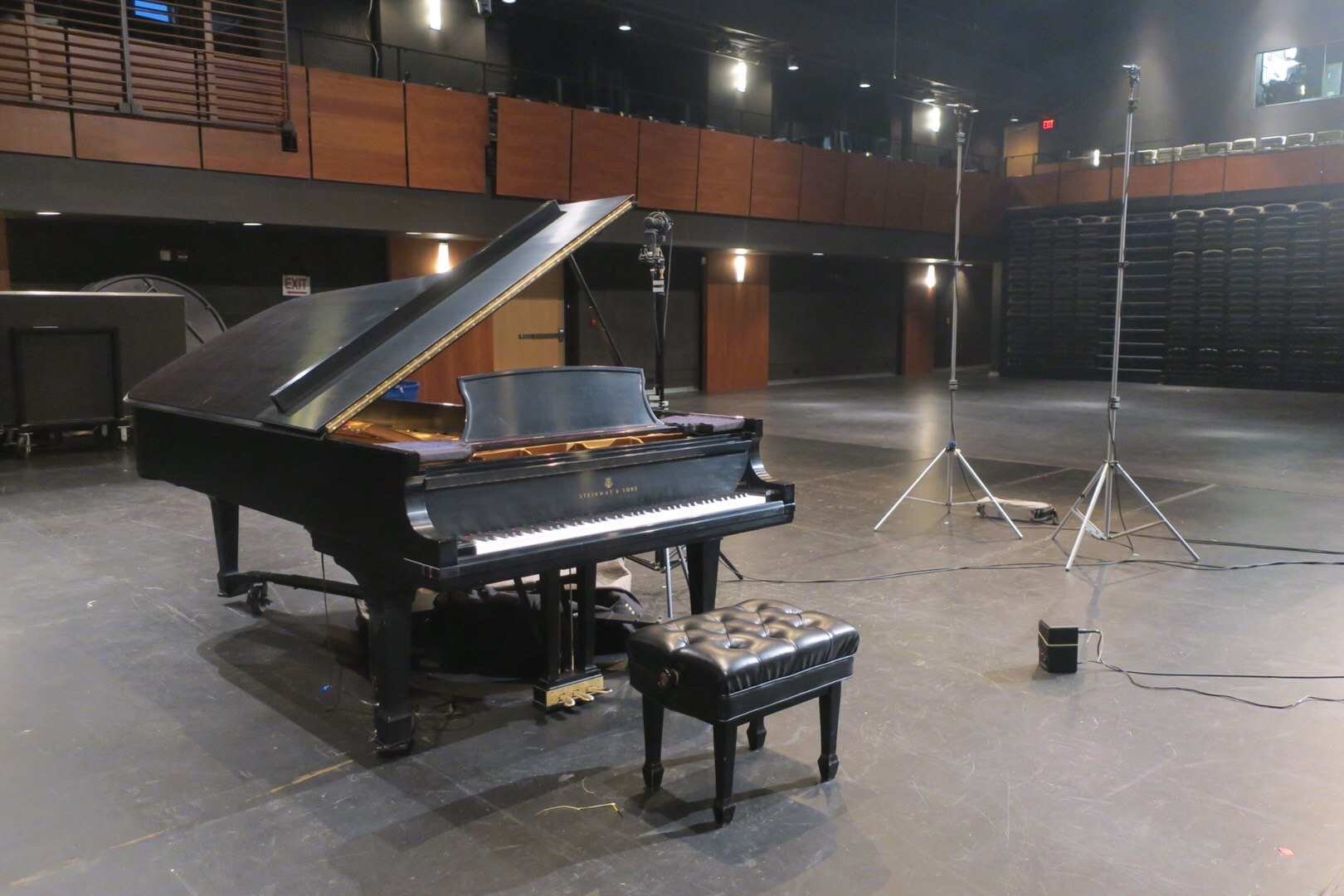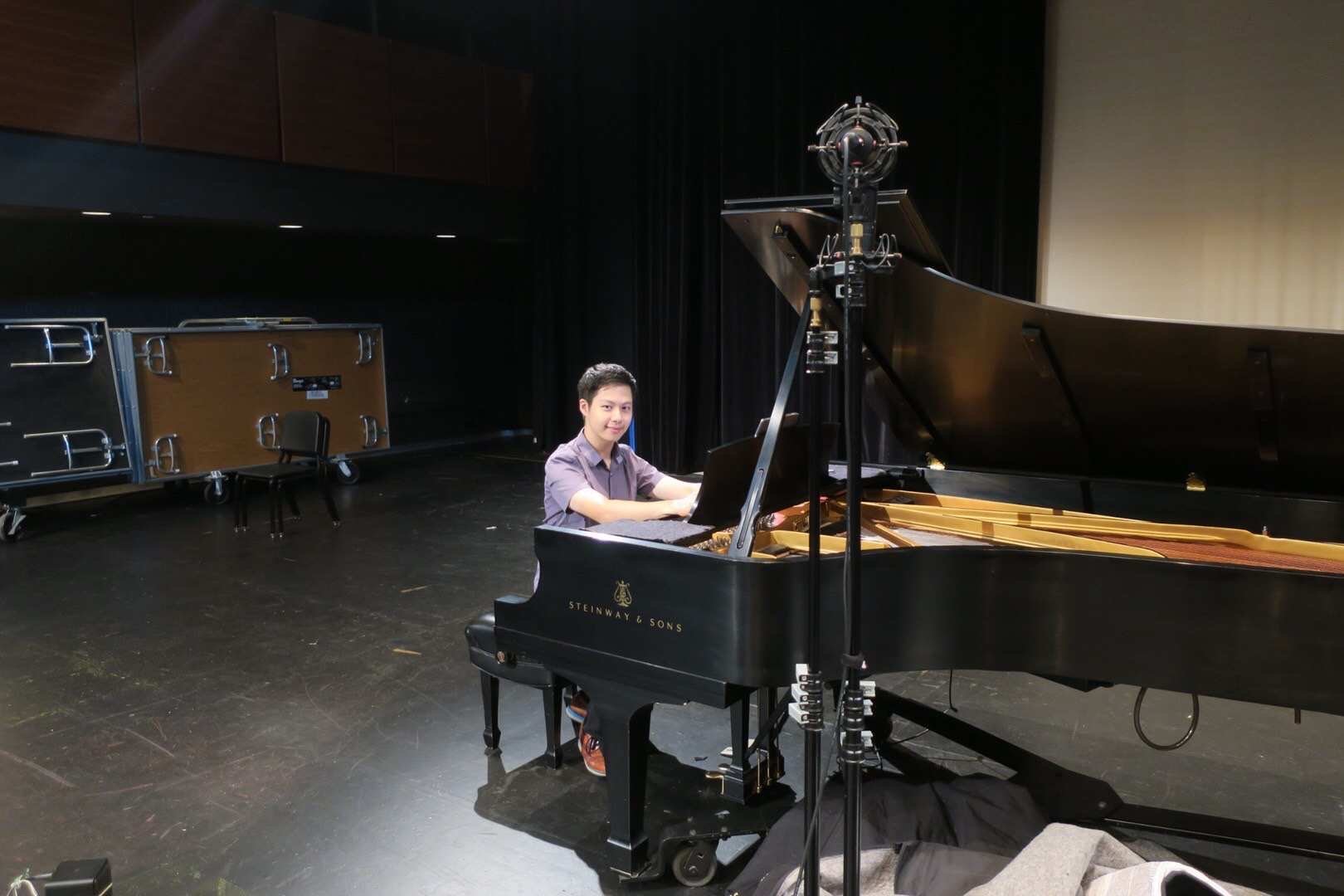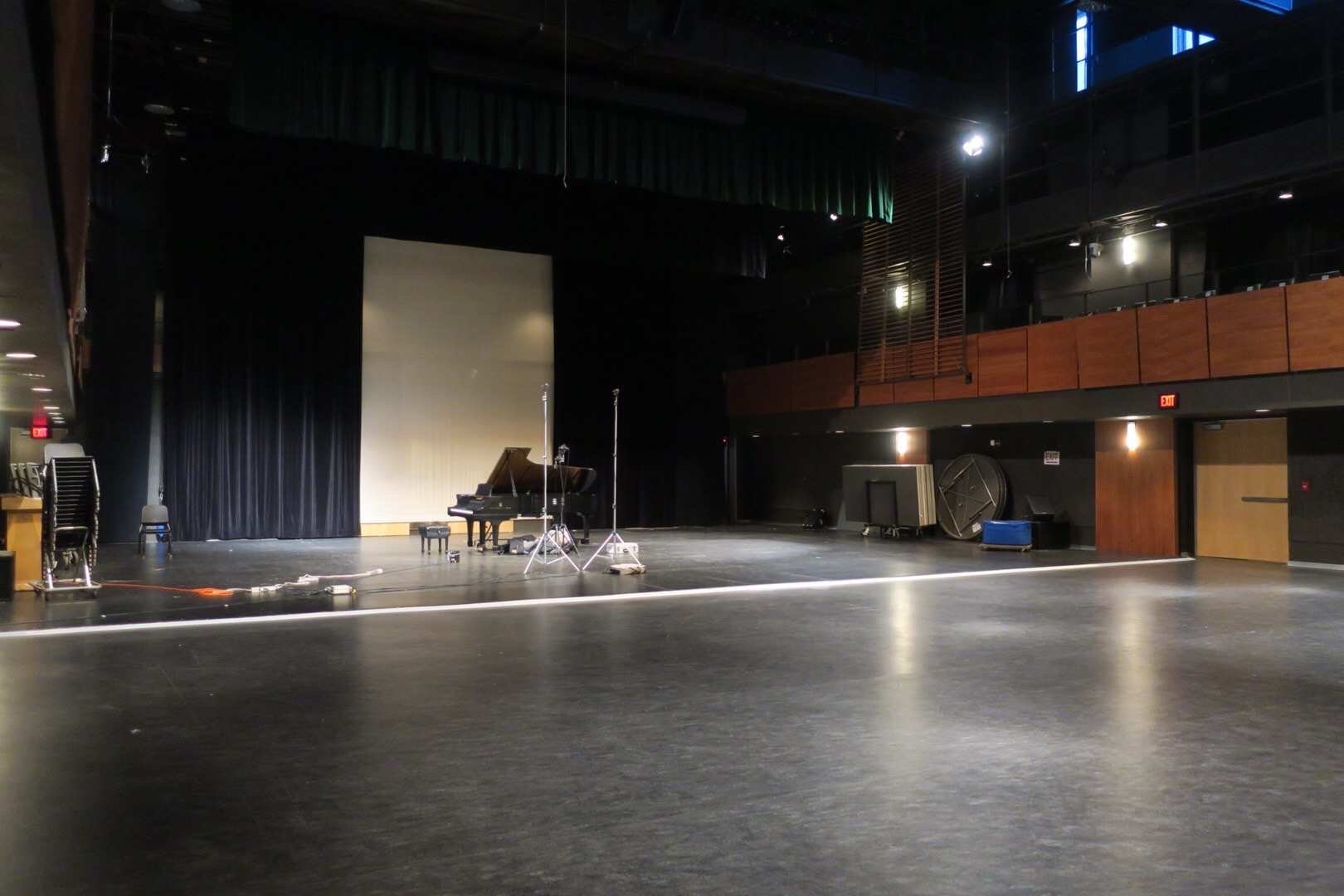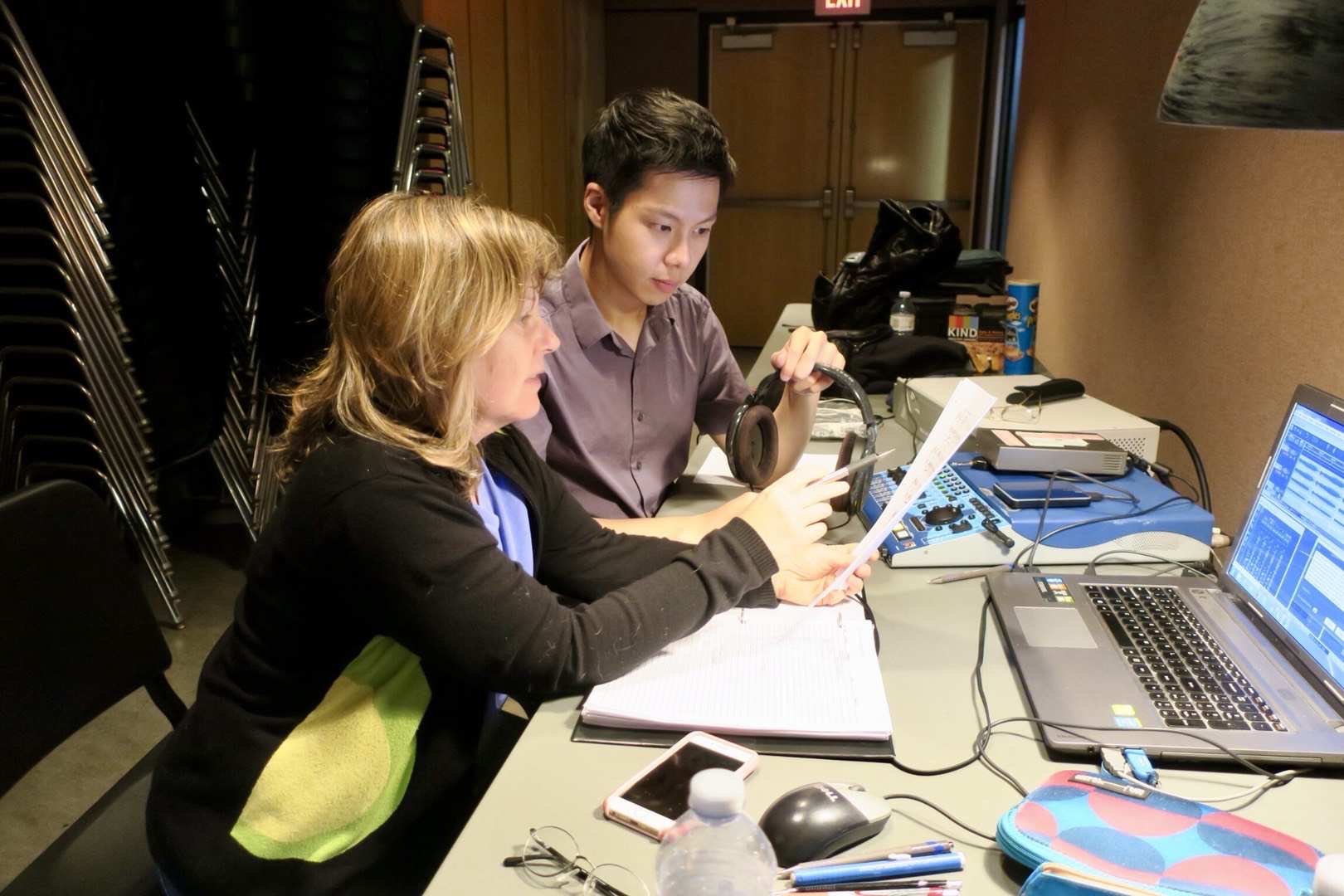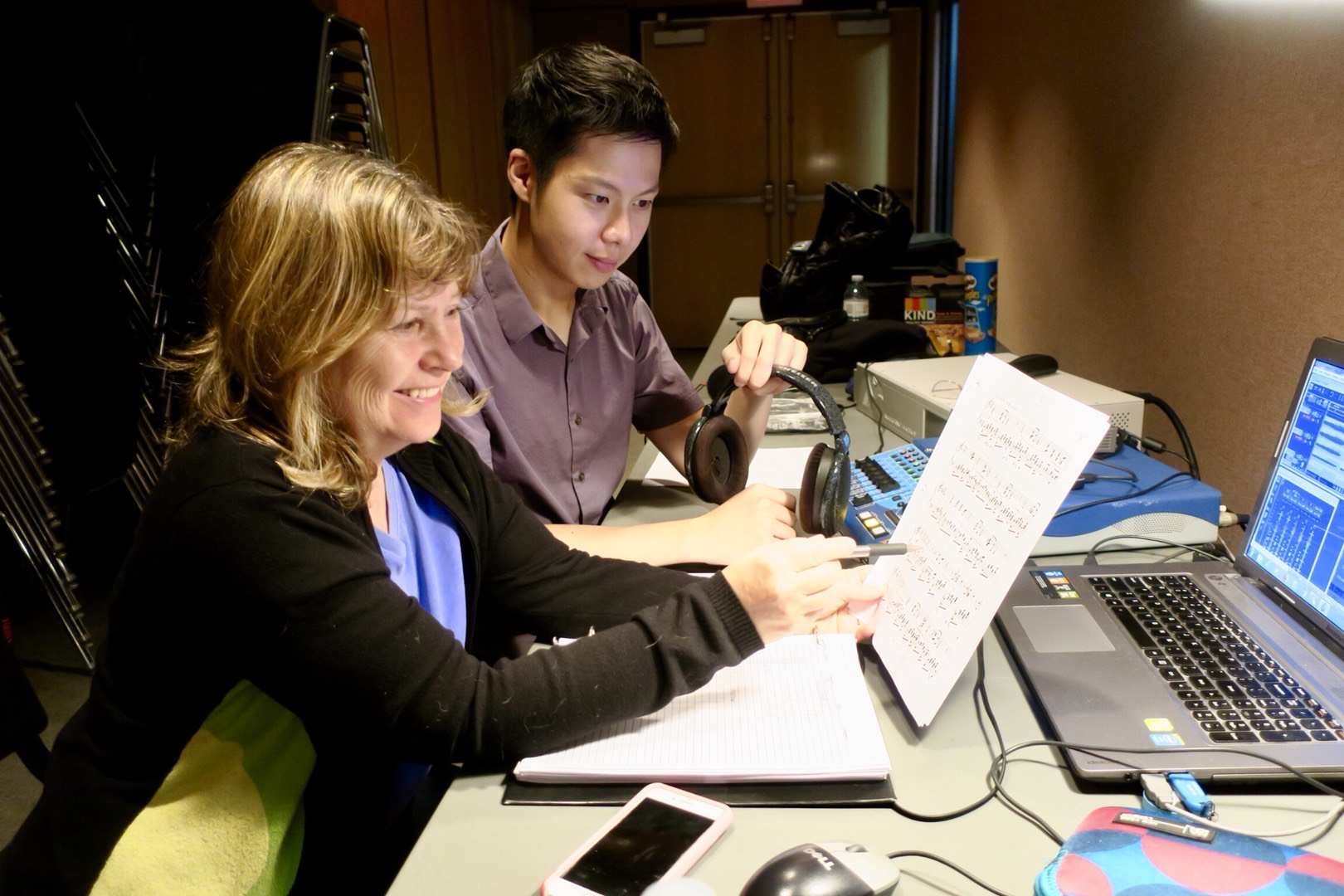“Han Chen delivers ideally clean, liquid readings of two sonatas and the set of short serenades.” (AllMusic)
“These are big works with tons of notes on every page. Chen’s ability to sort through it all and bring out the big romantic melodies and fairly straight-forward harmonies with the utmost of musicality and, of course, the requisite virtuosity is superb.” (American Record Guide)
Released January 24, 2020 on Naxos Records
Anton Rubinstein was the equal of Liszt as a pianist and a technically gifted composer but, in his own words, he was perceived by his contemporaries as too German to be Russian and too Russian to be German, and his music was frequently disparaged. Although occasionally derivative, the first two sonatas are impressively bravura and passionate works which pianist Han Chen approaches as if reading a 19th-century Russian novel, digging down to the very essence of the human soul. It is perhaps an irony of the history of taste that Rubinstein’s very real achievements are beginning to be valued only some 125 years after his death.
Recent Press
Behind the Scenes
-
Piano Sonata No. 1 in E Minor, Op. 12
1 I. Allegro appassionato — 08:42
2 II. Andante largamente — 07:05
3 III. Moderato — 04:38
4 IV. Moderato con fuoco — 08:14
3 Serenades, Op. 22
5 No. 1. Andante con moto — 05:18
6 No. 2. Moderato — 06:41
7 No. 3. Allegretto con moto — 07:54
Piano Sonata No. 2 in C Minor, Op. 20
8 I. Allegro con moto — 07:50
9 II. Andante: Theme and Variations — 11:58
10 III. Vivace — 09:41
-
Anton Rubinstein has had a bad press. In his own lifetime he incurred the hostility of the Russian nationalist composers, led by Balakirev, a group that, with some justification, he described as amateur. To others his compositions seemed facile and superficial. In his own words he seemed in Germany to be Russian, and in Russia, German. Posterity has been similarly critical of Rubinstein. Sacheverell Sitwell, in his biography of Liszt, refers to him as ‘a fountain of bad music’, while a scholar of the eminence of Gerald Abraham describes him, as a songwriter, as ‘a highly competent imitator of Mendelssohn or Schumann with little personality’, and elsewhere writes in the most disparaging terms of his music.
Whatever detractors have had to say, Anton Rubinstein enjoyed a high enough reputation as a composer in his own time, while as a pianist he was at least the equal of Liszt. It is an irony of the history of taste that the nationalist composers should have explored a vein of material that has won continued popularity, whatever technical shortcomings their music may have contained, while Rubinstein has been regarded as a mere craftsman, lacking true musical inspiration. It is only now, some 125 years after his death, that it is becoming possible to reassess his very real achievement.
Anton Rubinstein was born in the Podolsk District of Russia in 1824. His first music lessons were with his mother, followed by study under Villoing, with whom he embarked on a concert tour at the age of eleven, playing for Chopin and Liszt in Paris and for Queen Victoria in England, and impressing members of the Russian Imperial family. In 1844 his family settled in Berlin, where he took lessons from Glinka’s composition teacher, Siegfried Dehn, and was able to associate with Mendelssohn and Meyerbeer. The death of his father in 1846 led to the return of his mother and his brother Nikolay to Russia and to his own move to Vienna, after playing to Liszt in Weimar. From the latter he received little encouragement, when it was most needed, and Liszt was later to refer to Rubinstein as ‘a Pseudo-musician of the Future’.
Returning to Russia in 1848, Rubinstein won the patronage of the German-born Grand Duchess Elena Pavlovna, the sister-in-law of the Tsar, and formerly Princess of Saxe-Altenburg. The relationship was to prove an important one both for Rubinstein and for the future of Russian music. With the support of the Grand Duchess he was able to start a series of concerts in St Petersburg in 1859 and three years later to establish the St Petersburg Conservatory. A similar institution was founded in Moscow in 1864 by his brother Nikolay.
Throughout his life Anton Rubinstein had to cope with a certain hostility because of his Jewish origin, although the Rubinsteins, like the Mendelssohns before them, had become Christians, accepting what the German-Jewish poet Heine had described as ‘a ticket of admission to European culture’. Jewish emancipation was relatively recent, and there was always a lurking suspicion that no Jew could properly represent the national spirit of the time, whether in Russia or Germany or anywhere else. The Jewish reaction to this was often to become plus royaliste que le roi, more German than the Germans, a phenomenon particularly evident in the significant Jewish support for Wagner, a composer known for his anti- Semitic ideas. Sacheverell Sitwell, indeed, is prepared to perpetuate the myth of the Jews not as creators but as interpreters, with ‘a faculty of providing the almost perfect counterfeit’. Others have been able to understand Jewish pre-eminence in performance as a reflection of the social and educational restrictions placed on the Jewish community by a hostile society.
It was largely racial hostility that led Rubinstein, in 1867, to resign as director of the concerts of the Russian Music Society that he had founded and as director of the St Petersburg Conservatory. His career thereafter was spent in international concert-tours as one of the greatest pianists of the age and as a composer who could please the general public. In 1887 he resumed the position of director of the Conservatory and two years later celebrated his jubilee. By this time his fame was a legend, attested by the popularity of his historic concerts, in which he offered a discerning public a remarkably diverse diet of keyboard music.
Rubinstein died in 1894. For the younger generation of composers he seemed the epitome of the superficial – ‘C’est du Rubinstein’ was the highest dispraise, while, with Balakirev, the new generation were happy to refer to him as Tupinstein, Block-head, punning on his name. Nevertheless, however blind they may have been to his work as a composer, it was necessary to acknowledge the debt of Russian music to his efforts in establishing professional public concerts in the country, and providing the beginning of a system of professional musical education that has born remarkable fruit in more recent times.
Sonata No. 1 in E minor, Op. 12, was written in the years from 1848 to 1854, spent by Rubinstein largely in St Petersburg. The Sonata was dedicated to Prince Vladimir Odoyevsky, a figure of considerable importance in Russian literary and musical circles. The first movement, with its swirling arpeggios and passionate feeling is Classical in structure, its E minor modified to G major for the second subject. The C major Andante largamente that follows finds room for the singing tone that Rubinstein elicited from the piano, much as the first movement had found a place for rapid octaves. The A minor third movement is a scherzo, framing a contrapuntal A major trio section. The sonata ends con fuoco with a bravura technical display reflecting the composer’s own virtuosity as a performer.
Rubinstein’s Three Serenades, Op. 22 date from 1855. Serenade No. 1 in F major, dedicated to Mademoiselle Aleka de Pahlen, is marked Andante con moto. The melody is kept largely in an inner voice, framing a contrasting Allegro con moto. Serenade No. 2 in G minor, is dedicated to Mademoiselle Sophie de Noroff, its principal outer sections framing a contrasting Allegro non troppo in 5/4. Serenade No. 3 in E flat major, dedicated to Mademoiselle Eugenie de Seniavin, and with the tempo direction Allegretto con moto, follows a similar pattern, with a technically more demanding central episode.
Rubinstein’s Sonata No. 2 in C minor, Op. 20 was written between the years 1848 and 1850, a period in which he had settled again in Russia and found opportunity to give concerts often including his own compositions. The opening Allegro con moto, begins with a figure ascending in the left hand that will have further significance as the movement develops. The second movement is a theme and four variations. The A flat major theme is marked Andante and is followed by a lightly syncopated version of the material. The slower second variation features left-hand triplet figuration and is followed by a livelier E major variation, an Allegretto. The first tempo is restored, with a version in E flat minor, leading eventually to the return of the theme. The sonata ends with a virtuoso Vivace that eventually leads to the tonic major key.
(Notes by Keith Anderson)
-
Recorded: 22–24 July 2018 at the Performing Arts Centre, The Country Day School, King City, Ontario, Canada
Producers: Bonnie Silver and Norbert Kraft
Engineer: Norbert Kraft
Editor: Bonnie Silver
Booklet notes: Keith Anderson Publishers: Edition Peters 1–4, Breitkopf & Härtel 5–0
Cover: Anton Rubinstein (1855), lithograph by Adolf Dauthage (1825–1883)

